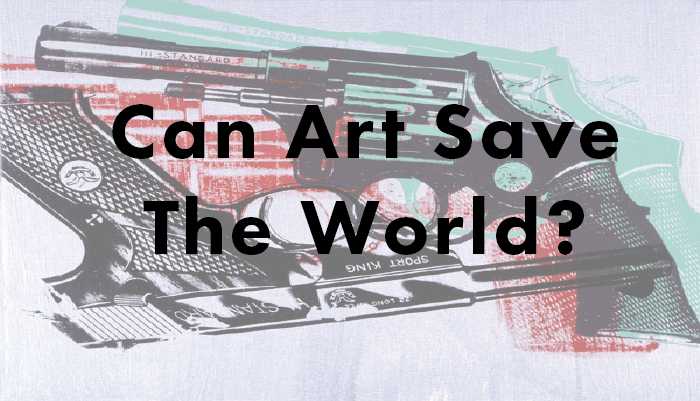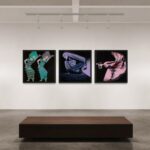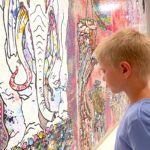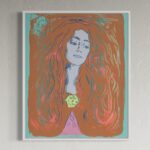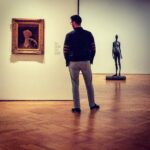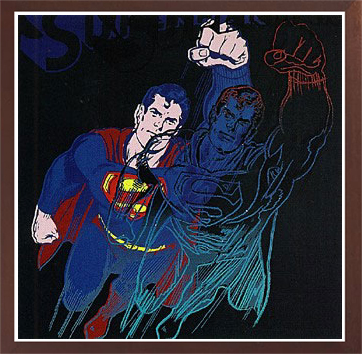
A friend recently asked me, “Do you think Art will save the world as Dostoyevsky said?”
While pondering the answer to this query, my mind flooded with visions of a Superman carrying paintbrushes, a smock and modeling clay saving us from annihilation at the hands of a villainous fiend whose plot is to turn the world into a drab, colorless, amorphous mass. While preposterous, the truth is that art has dictated our history as much as it has been a barometer of it. Artists provide a distilled view of the world. It is up to us, as viewers, to digest it and either absorb, process, or reject it.

How many of us will forget the Shepard Fairey’s propaganda-styled poster simply entitled “HOPE” which defined much of Barack Obama’s first election? “HOPE” was an intriguing counterpoint to living in an Orwellian Masterpiece. In the 1940’s Rosie the Riveter urged “We Can Do It”… and we did. Uncle Sam posters stated, “I Want You”… and we lined up. Shepard Fairey urged “Hope”… and we had it.
As to Dostoyevsky’s dictum, I believe “Beauty will save the world” is the popularized version of his phrasing in The Idiot, in which the character Prince Myshkin is shown a portrait of a young woman. He notes, “Beauty like that is strength… One could turn the world upside down with beauty like that”.
Whether Art’s role in the formation of ideals and our perception of beauty can provide a basis for us to actually “turn the world upside down” is for smarter people than I to decide. What I will say is this, Art is not merely symptomatic, it is the collective voice of our zeitgeist both as leaders and as reactionaries. And by “Artists”, I do not merely include those who can place paint on a brush and apply it to a canvas in a pleasing way. “Artist” embraces writers, satirists, poets, sculptors, actors, designers, architects, dancers, photographers, musicians, and thinkers who continually push the envelope outward regardless of public perception. These artists reinvigorate thought and stimulate change to “save” ourselves from ourselves.
In literature, Upton Sinclair’s seminal muckraking masterpiece “The Jungle” changed the meat packing industry and established the Food and Drug Administration because an outraged public demanded that Teddy Roosevelt establish standards and regulations for public consumption. Alexander Solzhenitsyn’s “One Day in the Life of Ivan Desnisovich” was a horrifying indictment of Russian internment camps which changed the ways in which Western Intellectuals contextualized the Soviet record of human rights violations. While each book was compacted and digestible by the masses, each achieved incredible sea-changes in the ways in which people thought, behaved, lived and breathed.
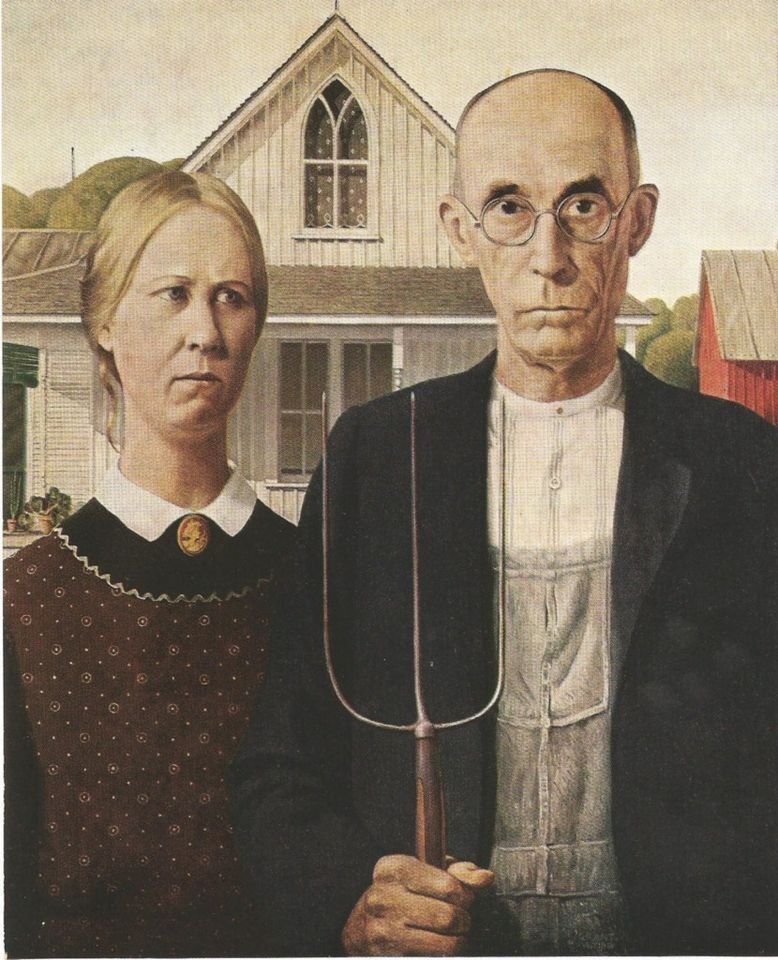
The Works Progress Administration (WPA) was one of the salves Franklin Delano Roosevelt instituted as part of the New Deal to lead the United States out of the Great Depression. A great portion of the WPA was made up of projects geared at shoring up national identity and pride, just as the banks, institutions and government were rethinking the rules of governance. Artists such as Mark Rothko, Paul Cadmus, Aaron Bohrod, Childe Hessam, Jack Levine, Thomas Hart Benton, Raphael Soyer, Grant Wood and Karl Zerbe formed a cadre whose works (inspired by the recent renaissance of Italian masters by Diego Rivera, David Alfaro Sequeiros, Jose Clemente Orozco and others), created public and private works which redefined the age and persevere to this day as some of the early 20th century’s most quintessential images.
Art was used to foment fear during the run-up to World War II, whether through Leni Riefenstahl’s Nazi propaganda film “Triumph of the Will”, “Loose Lips Sink Ships” posters, or ads urging us to “Buy War Bonds”. Even the notably light-hearted illustrator Dr. Seuss (Theodore Geisel) expressed biting political commentary on the United States’ isolationist position in the years leading up to the Japanese invasion of Pearl Harbor. After the war, George Segal’s “Holocaust” figures elicited images far too horrible to imagine. Vacant absentness stood sentinel in a world still numb with fear.

Pablo Picasso’s very personal and seminal masterpiece “Guernica” was borne out of the bombing of the small Basque town on April 26, 1937. While apolitical, Picasso’s Paris studio was not immune to intrusion by the Gestapo. When asked by a Nazi officer about the work,”Did you do that?”, he replied simply, “No, you did.” Years later, in 1974, gallerist Tony Shafrazi spray painted “KILL LIES ALL” on the surface of Guernica in response to Nixon’s commutation of the sentence of William Calley for his involvement in the My Lai Massacre. When asked in 1980 about the incident, Shafrazi noted “I wanted to bring the art absolutely up to date, to retrieve it from Art History and give it life”.
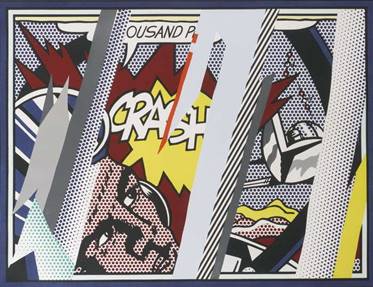
Pop Art was borne out of our post-war obsession with mass-produced commodities and prompted a sea-change in the way that collectors, thought of, purchased and invested in Art, as well as changed the way artist marketed, branded and editioned themselves. Andy Warhol’s Campbell’s Flowers and Roy Lichtenstein‘s comic book-styled panels epitomized and personified our consumer-oriented milieu. No longer was Fine Art confined to the wealthy. This new thought process opened a whole new buyer-class to the world of fine arts which, in turn, brought a broader focus to the arts as a whole. In turn, perception-based speculation turned fine art into a commoditized asset which was bought and sold with the idea of making money. Rarity, speculation and innovation became as prominent of motivators as image quality and talent.

Whether or not commercialization has marginalized art or brought it to the masses is a hotly debated and divisive subject. Whether or not either scenario is a good or bad for art itself is also a topic of debate. British graffiti artist Banksy has reinvigorated the “outsider” art scene while remaining relatively anonymous. His clandestined, controversial (and often hysterical) works keep him comfortably behind the curtain, despite their popularity and commercial success. Other artists, poets, musicians and writers who become commercially successful are often derided as having “sold out”, but new blood enters the market seeking to become “discovered” all the same. In every generation there are a handful of individuals who alter our perceptions so greatly that we turn our world upside down because we simply cannot justify the status quo any longer…. we call them Artists.
Will Beauty save the world?… Perhaps….What do you think? Leave us your thoughts in the comments!
“Can Art Save the World?” by Reed V. Horth for Robin Rile Fine Art © 2016
